Weather conditions consistently impact the outer surfaces of your property. From harsh sun to heavy rain, snow, and wind, the outside of your house takes a beating every season. While it may seem strong and sturdy, your home can develop small problems over time that may go unnoticed until they turn into costly repairs. The good news is that spotting these early signs of exterior home damage can save you time, money, and stress in the long run.
In this post, we’ll show you how to identify the first warning signs that your home’s exterior may need attention. Whether you’re a homeowner or a DIY enthusiast, these tips will help you stay ahead of potential issues and maintain the look and safety of your property.
1. Peeling or Cracked Paint
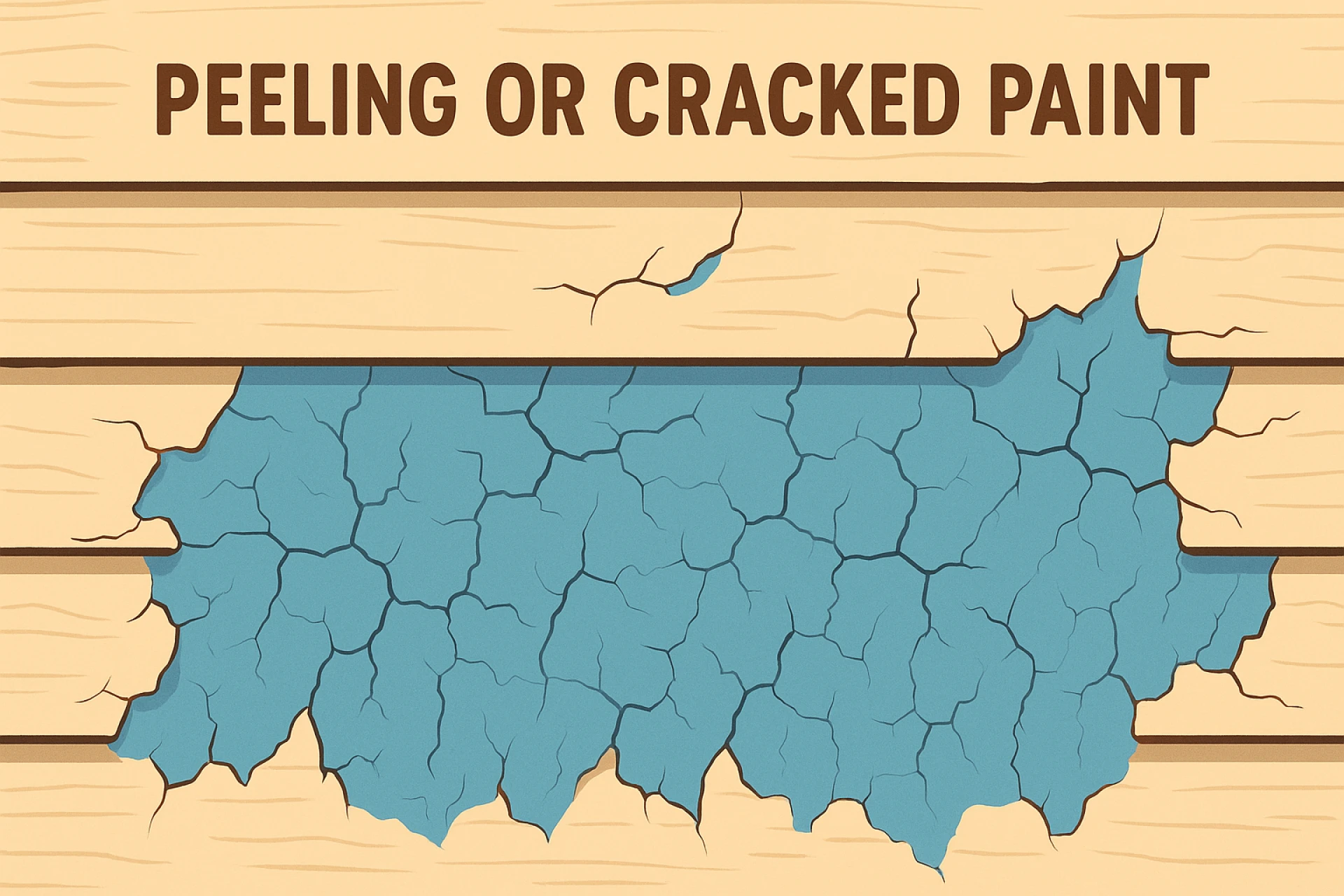
One of the easiest signs to spot is peeling or cracked paint on your siding or trim. Paint is not just decorative; it acts as a protective layer against moisture and sun damage. When paint starts to peel or crack, it allows water to seep into the material underneath. Over time, this can lead to rot, mold, and deterioration of wood or other surfaces.
What to do: Scrape off the loose paint, sand the area smooth, and repaint with a high-quality exterior paint that is suited for your climate.
2. Soft or Warped Wood
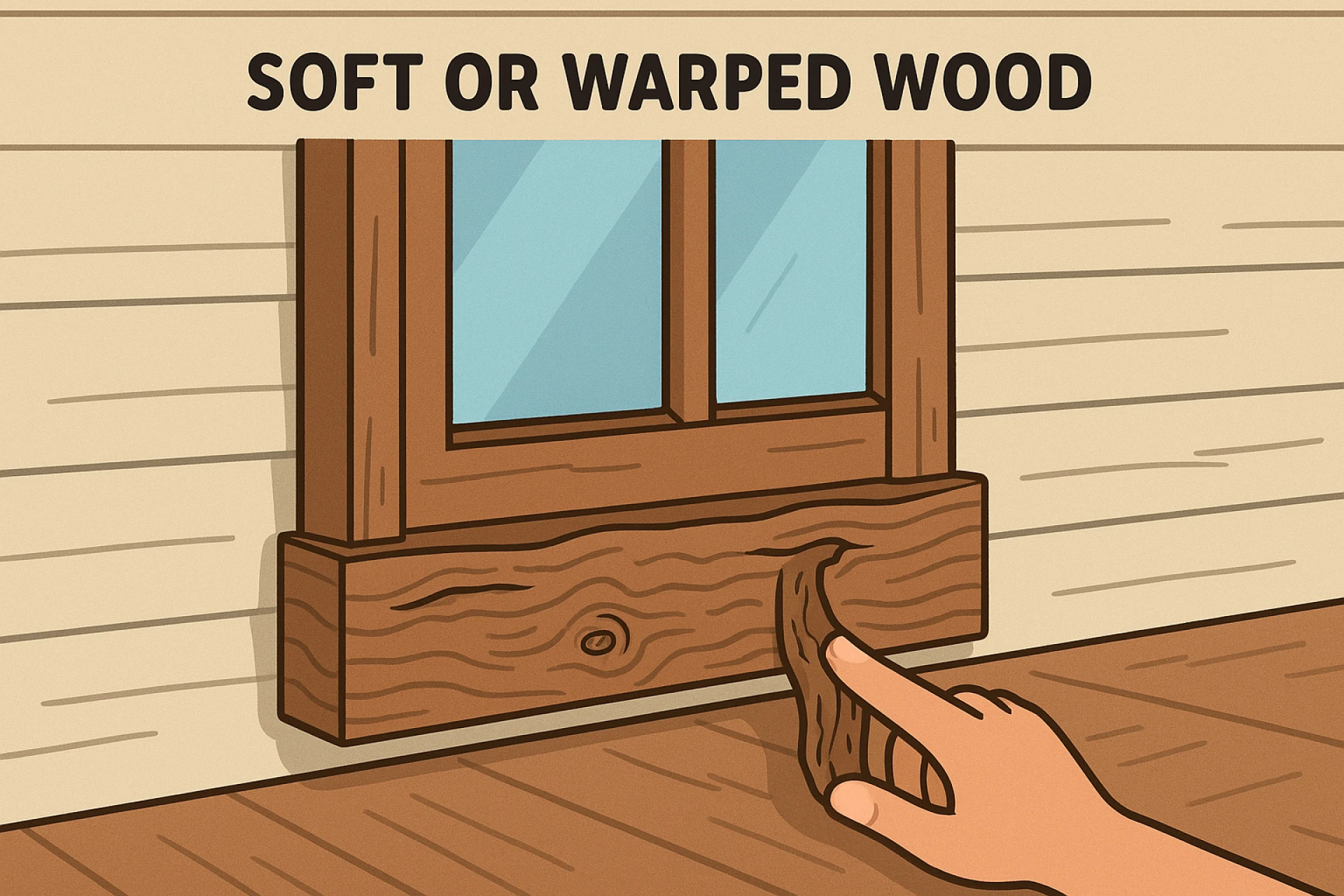
If the wood around your windows, doors, or deck feels soft to the touch or looks warped, you may be dealing with water damage. Water-soaked wood is a serious concern because it weakens the structure and can attract pests like termites.
What to do: Replace any soft or rotted wood immediately and seal the replacement materials with waterproof products to prevent future damage.
3. Cracks in the Foundation or Walls
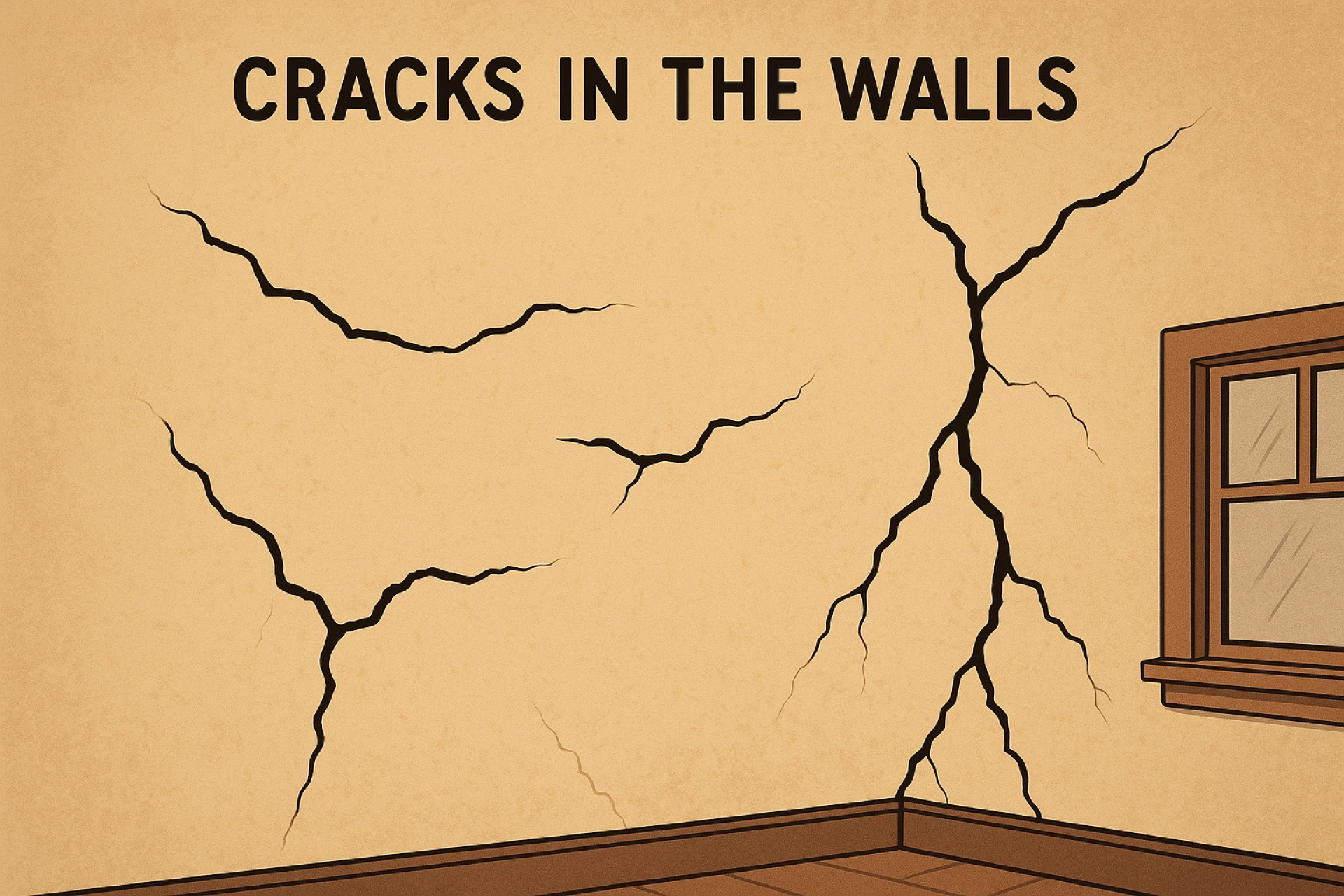
Hairline cracks are common in older homes and may not be a cause for alarm. However, larger cracks or ones that are growing over time can indicate shifting or settling of the foundation. Neglecting this may cause serious damage to the building’s framework.
If you're unsure whether a crack is cosmetic or structural, it is best to call an expert. An exterior home remodeling company can assess the situation and guide you on the next steps.
4. Damaged or Missing Shingles
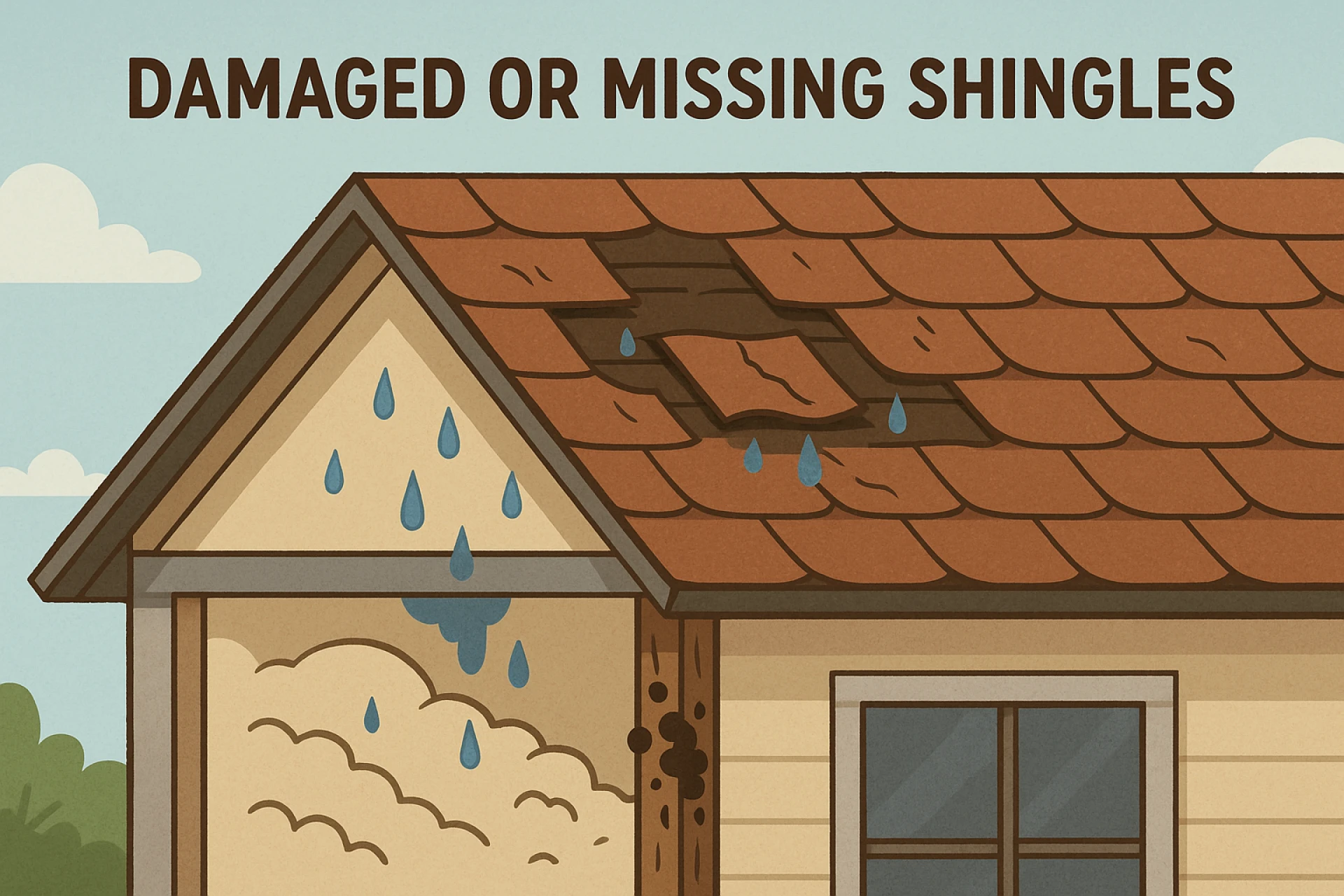
Your roof is one of the most critical parts of your home’s defense system. Missing, curled, or cracked shingles allow water to leak into the attic and walls. It may result in decayed timber, ruined insulation, and fungal buildup.
What to do: After every storm, check for loose or missing shingles. Schedule a professional roof inspection annually to catch any hidden problems early.
5. Clogged or Sagging Gutters
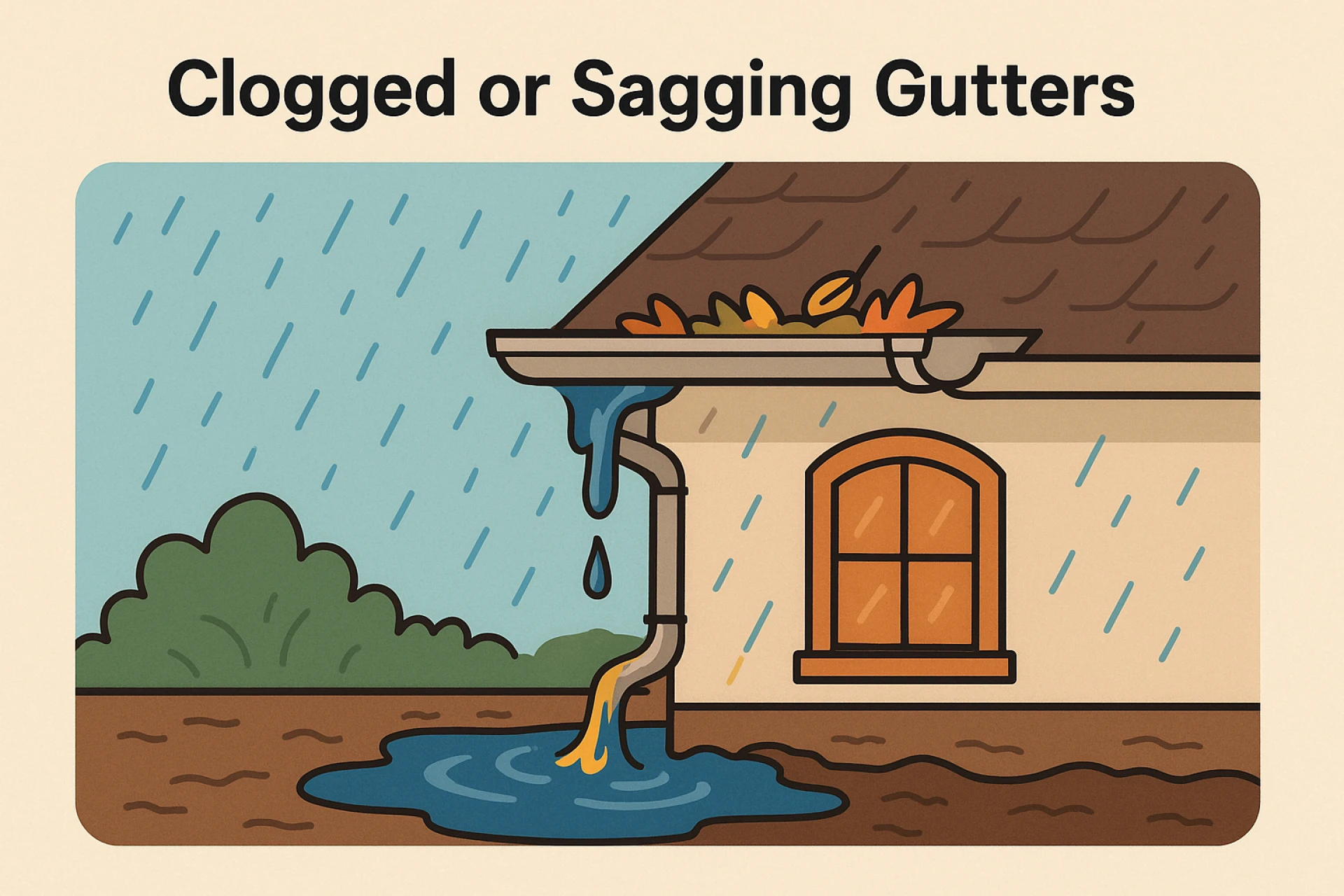
Rain gutters function to carry excess water away from the structure’s ground level. When they are clogged with leaves or debris, or if they begin to sag or detach from the house, water can overflow and pool around your foundation. It might trigger soil degradation and potentially lead to water intrusion below ground.
What to do: Clean your gutters at least twice a year and inspect them for any signs of damage or improper slope.
6. Stains or Mold on Siding
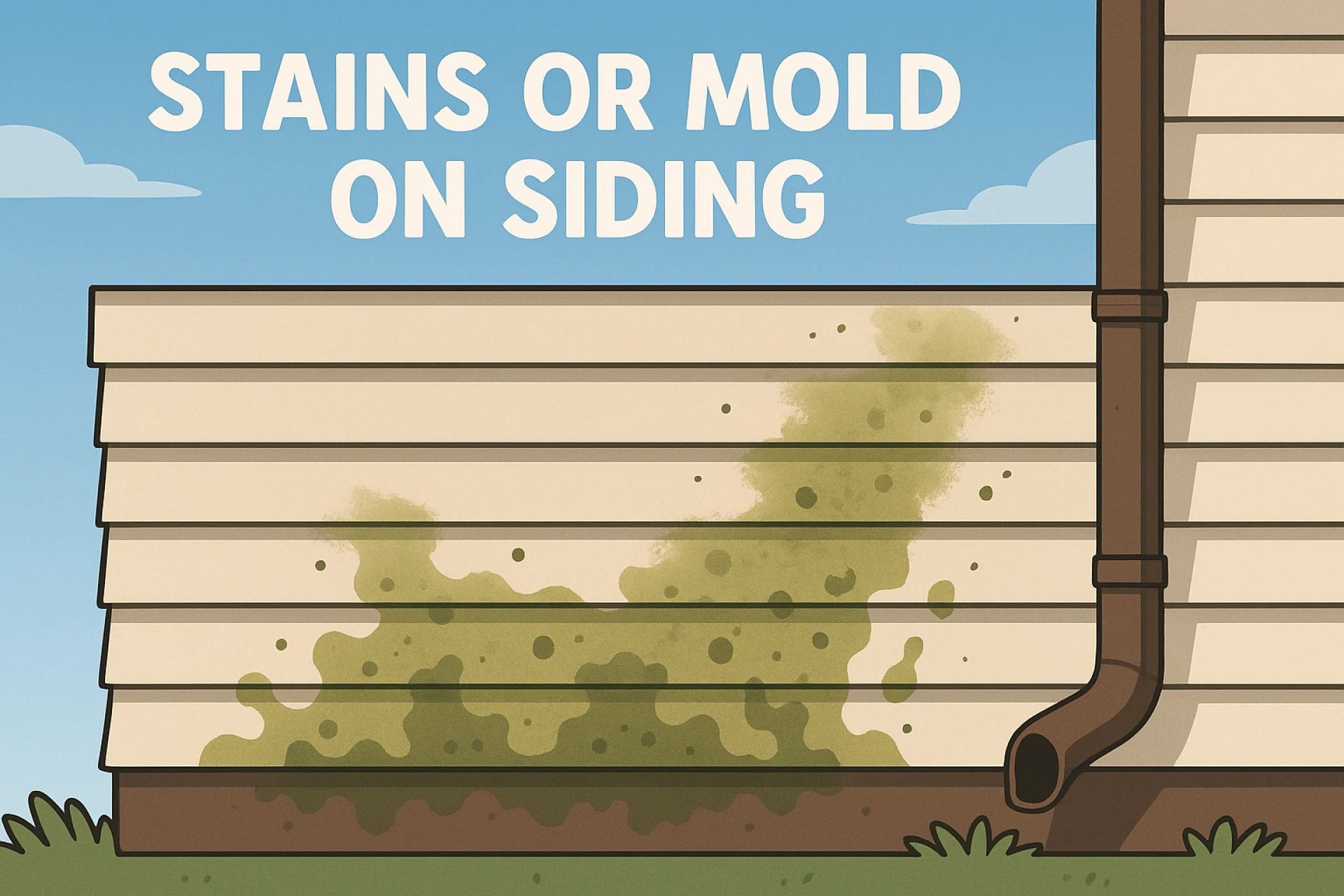
Discoloration, mildew, or mold on your siding can indicate moisture problems. It could result from inadequate water flow, damaged downspouts, or a lack of proper airflow. If not addressed, the siding could rot or detach from the home.
What to do: Clean your siding with a mold and mildew remover, and investigate the source of the moisture to prevent future issues.
7. Gaps Around Windows and Doors
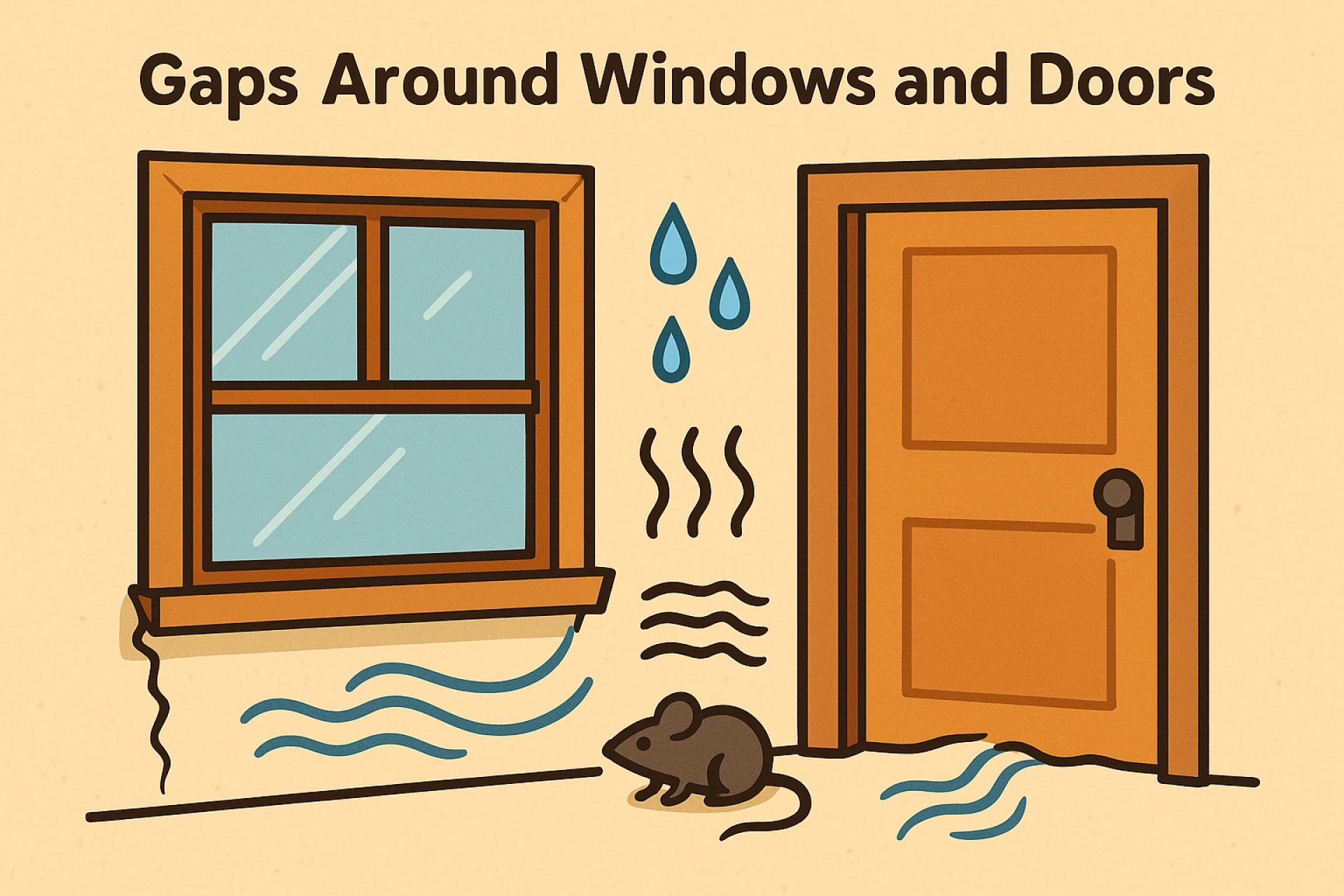
If you notice gaps between your windows or doors and their frames, it could be a sign that the seals are breaking down. These gaps can let in drafts, water, and even pests. They can also raise your energy bills by letting out cooled or heated air.
What to do: Apply caulk or weatherstripping to seal gaps. In extreme cases, it might be necessary to fully install a new door or window.
8. Rusted or Corroded Fixtures
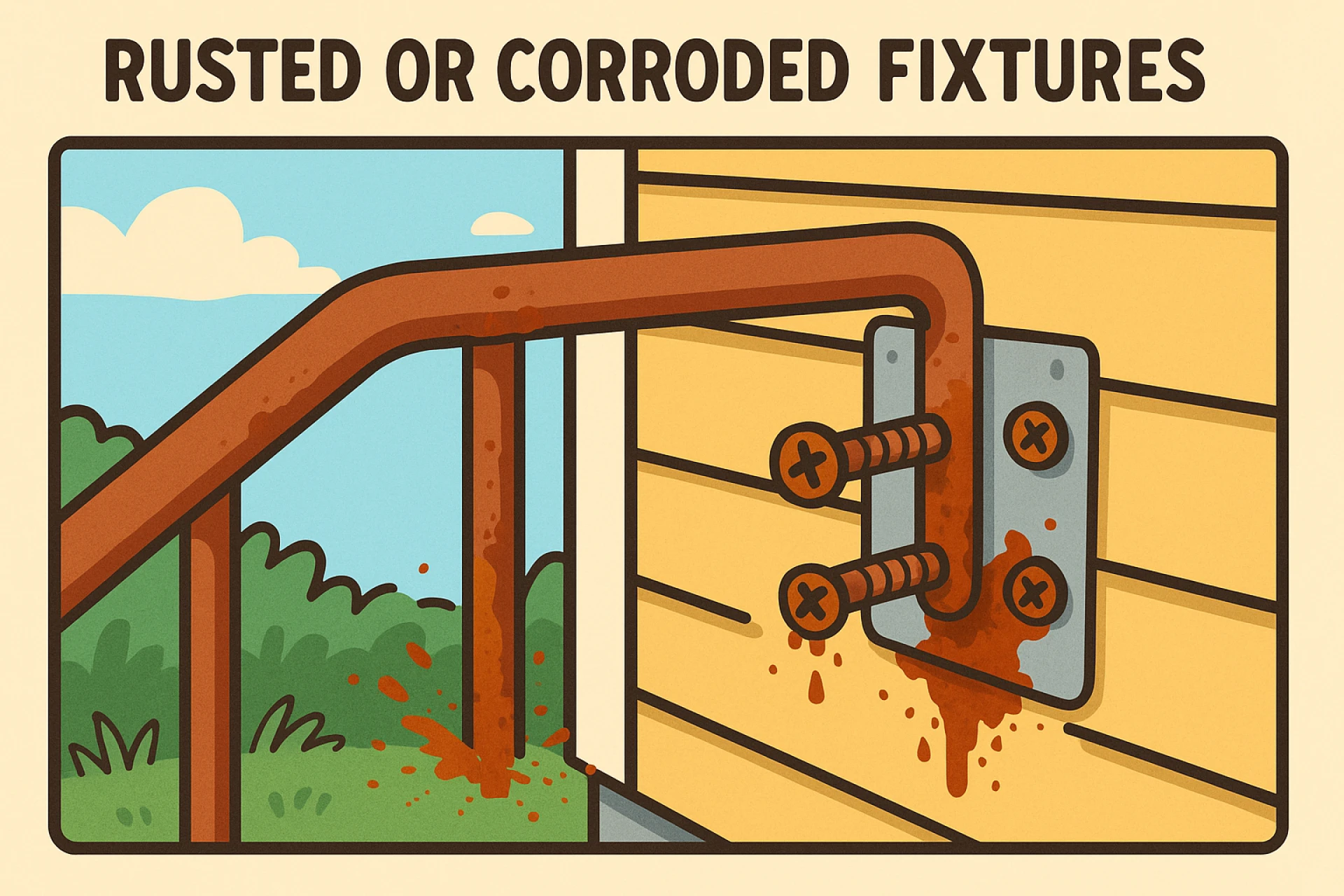
Metal elements like railings, screws, or flashing can begin to rust or corrode due to weather exposure. While a little rust may seem like a cosmetic issue, it can eventually cause parts to weaken and break.
What to do: Remove rust using a wire brush or rust remover, and apply a weather-resistant coating to protect the metal.
9. Sinking Concrete or Uneven Walkways
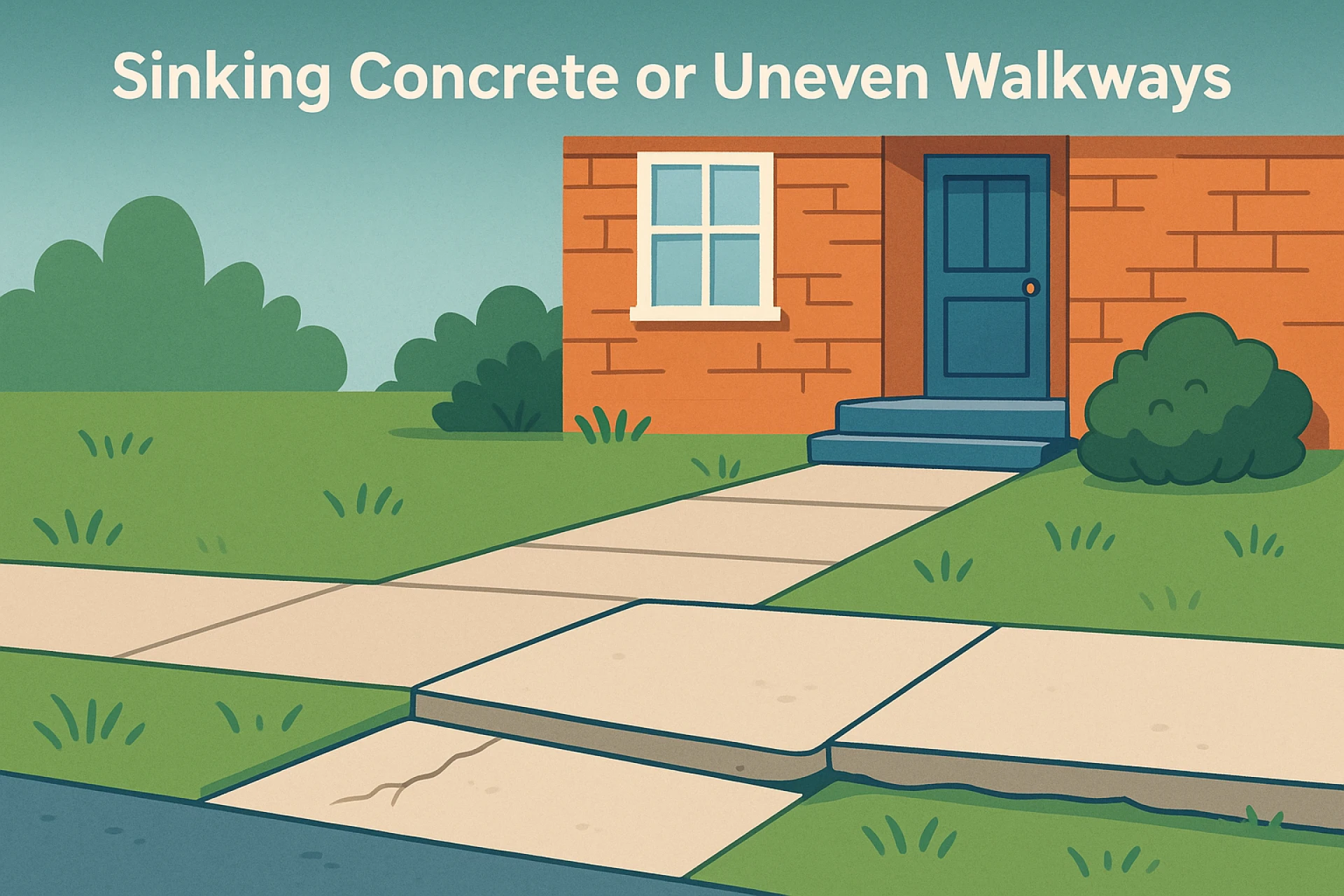
If your driveway, sidewalk, or front steps are cracking or sinking, it could be due to poor drainage or shifting soil. This not only affects your home’s appearance but can also be a tripping hazard.
What to do: Have a professional assess the soil condition and repair or replace the affected concrete areas.
10. Insect or Pest Damage
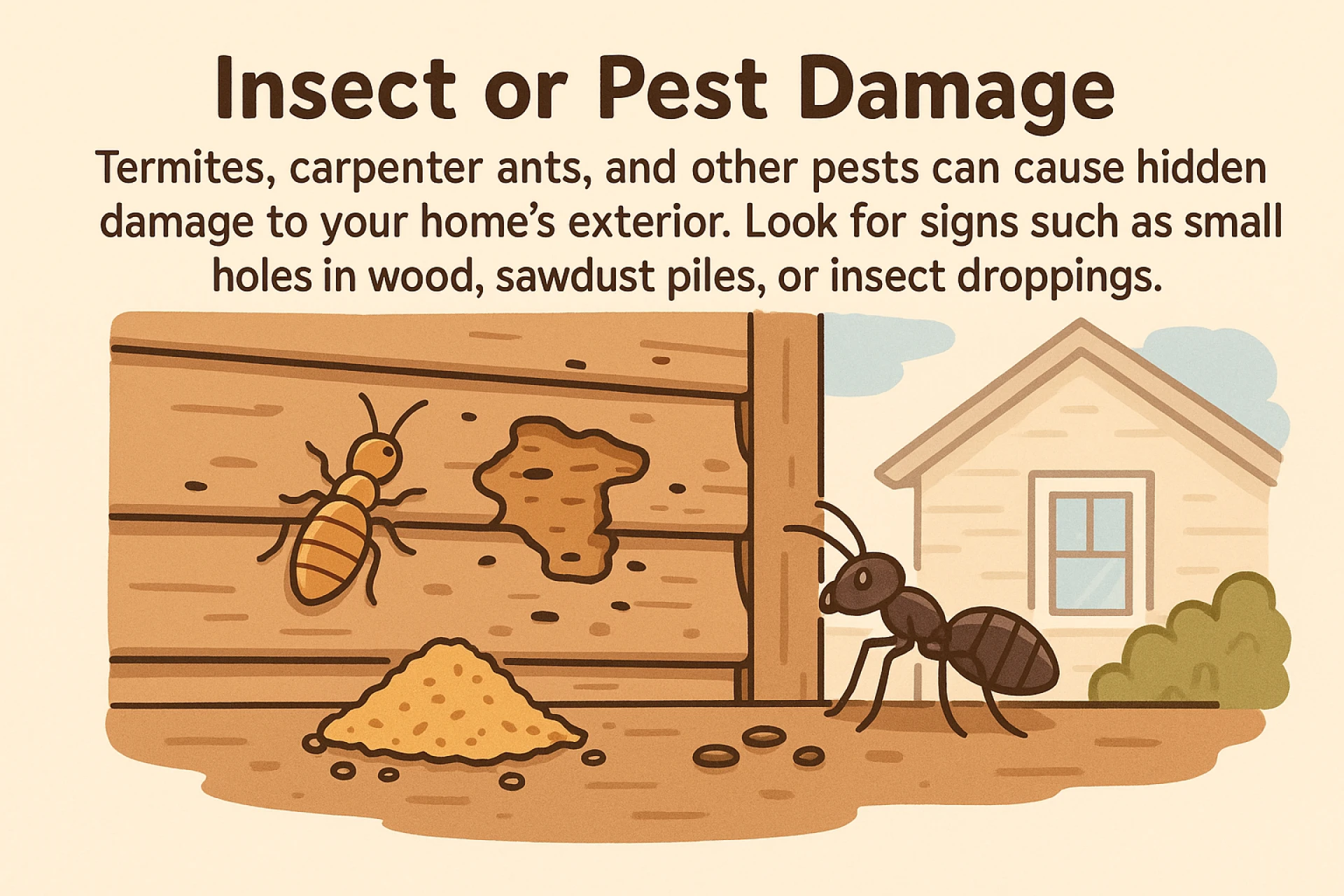
Termites, carpenter ants, and other pests can cause hidden damage to your home’s exterior. Look for signs such as small holes in wood, sawdust piles, or insect droppings.
What to do: If you suspect pest activity, call an exterminator. Then repair any damage they may have caused and seal entry points to keep them out.
Final Thoughts
Spotting these early warning signs of exterior damage can help you avoid large repair bills in the future. Regular inspections and maintenance are the best ways to protect your investment and keep your home looking its best.
If you’re not sure where to start or need professional help, reach out to a trusted expert who can assess your home’s exterior and recommend the right solutions.
For reliable, professional service, we recommend contacting Home Makeover to get your home back in top shape.



